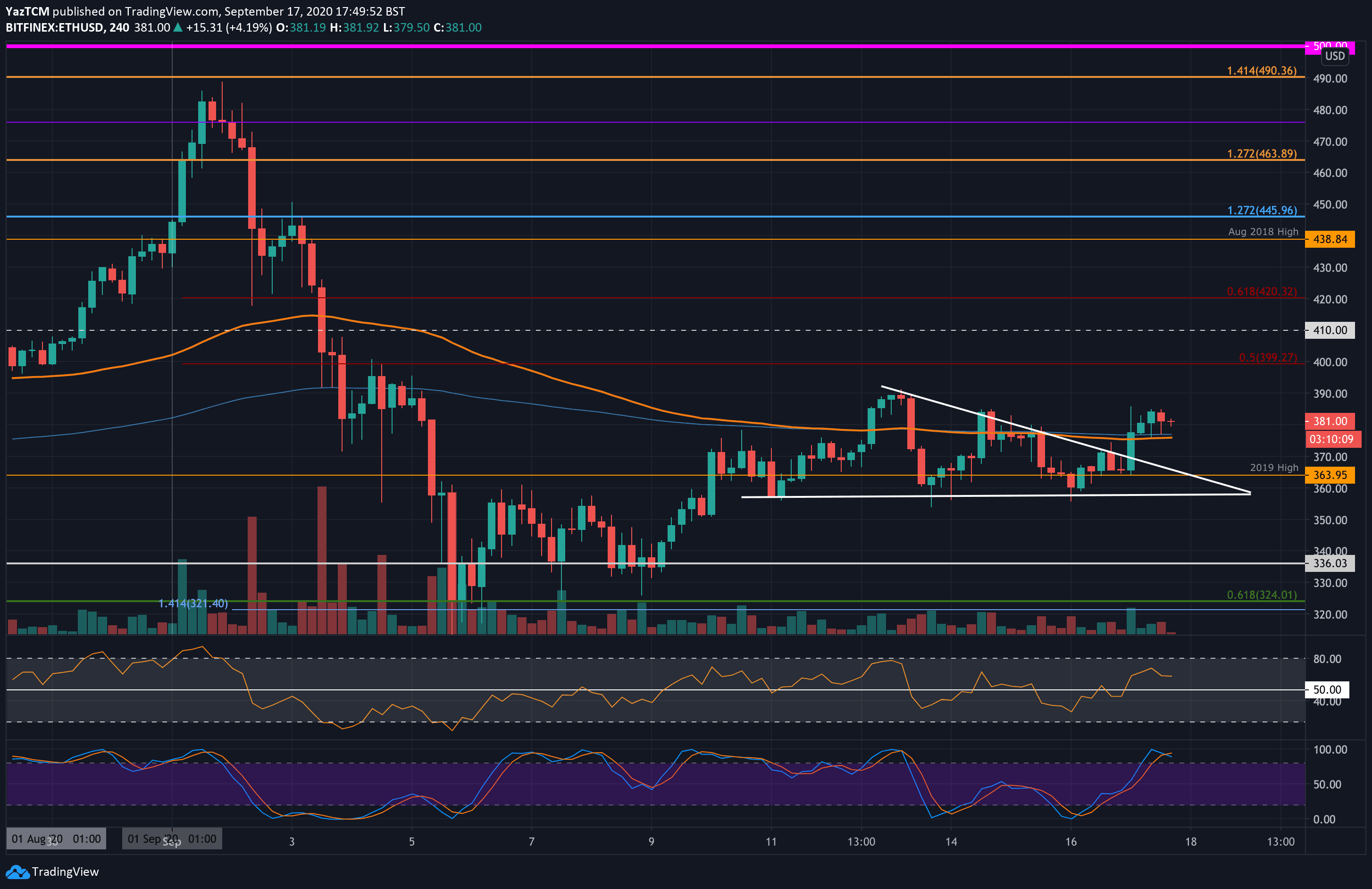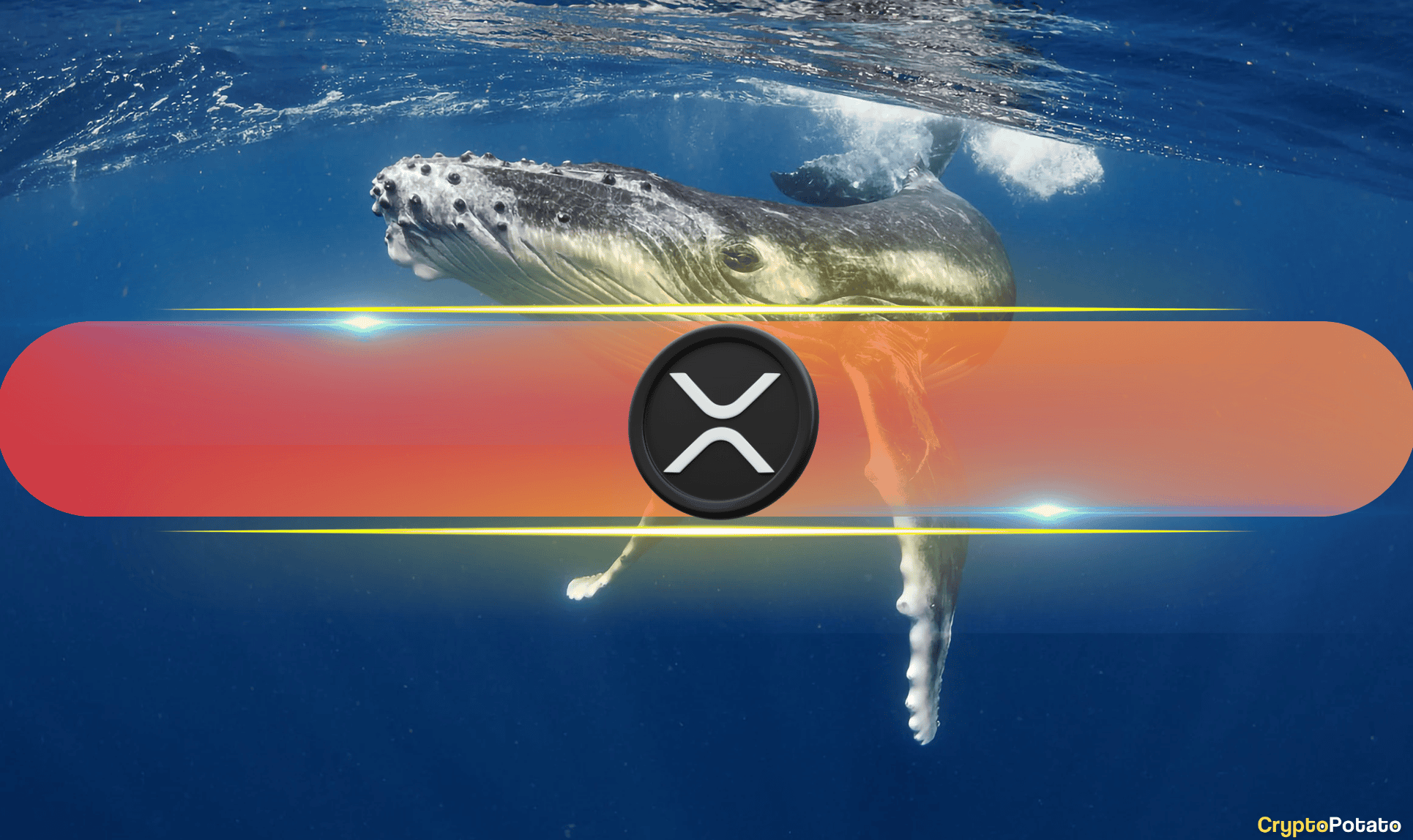Polygon’s Chain Development Kit Facilitates Canto’s Transition to ZK Layer 2 on Ethereum
Cosmos-based layer-1 blockchain – Canto – is migrating to a zero-knowledge layer 2 on Ethereum powered by Polygon Chain Development Kit (CDK). The move aligns with Canto’s plans to build a blockchain dedicated to real-world assets.
The development comes amidst a significant shift in the Ethereum layer-2 space.
Migration to Ethereum ZK-powered L2
Canto is a layer-1 blockchain initially focused on decentralized finance (DeFi) and is now migrating to a zero-knowledge Layer 2 solution on Ethereum using Polygon CDK. This move aims to create a blockchain ecosystem dedicated to real-world assets. Canto, which was launched in 2022, offers an EVM execution layer and essential financial tools, with its development governed by the Canto Commons, an open framework.
Once consensus is achieved within the Canto Commons, core devs will be able to build a ZK L2. With the help of a shared ZK bridge, Canto will eventually leverage the liquidity of a “unified Polygon ecosystem” with easy access to Ethereum.
According to the official blog post, Canto is set to integrate the Plonky2 ZK, proving implementation and maintaining its proof-of-stake validator set for decentralized sequencing. This transition will not impact Canto’s validators or stakers, ensuring continuity for them while enhancing decentralization and trustless assurances for users engaging in asset bridging.
Furthermore, Canto’s developers will shift towards utilizing a shared ZK bridge for handling canonical assets.
The migration to an Ethereum ZK-powered Layer 2 represents a step towards a “neofinance” future, emphasizing the protocolization of traditional finance.
The main objective of neofinance is leveraging blockchain technology for greater financial efficiency at scale, while Polygon CDK is tasked with providing the necessary modular infrastructure. This approach prioritizes deep liquidity while maintaining security and trustlessness through Ethereum’s ZK-powered Layer 2.
“By joining a growing number of chains that extends blockspace, the move reflects a significant step toward a ‘neofinance’ future or the protocolization of existing finance. Neofinance envisions a new era of financial efficiencies, unlocked at scale, by deploying offchain assets on protocol rails. Blockchain-specific advantages of efficiency, access, and composability can be unlocked for offchain assets through the modular design of Polygon CDK.”
With the latest development, Canto joins a growing list of projects, including Astar, Gnosis, and IDEX, that have revealed their intentions to build ZK layer-2 solutions utilizing Polygon’s Chain Development Kit over the past few months.
Big news. @CantoPublic is joining the Ethereum ecosystem! Built with @0xPolygon CDK, Canto is migrating to a ZK-powered Ethereum L2 that will turbocharge the neofinance revolution.
I’m a big fan of @scott_lew_is and excited to work with him and other core Canto contributors on… https://t.co/XlRofpdyAO
— Sandeep Nailwal | sandeep. polygon
(@sandeepnailwal) September 18, 2023
Polygon ‘Chain Development Kit’ for ZK-Powered Networks
The scaling solution released a toolkit designed for developers, enabling them to build blockchain networks powered by ZK proofs.
This open-source codebase, known as the Chain Development Kit (CDK), allows developers to build customizable layer-2 chains using Polygon’s ZK technology, with the ability to interconnect these chains through a ZK-based bridge, creating a unified ecosystem referred to as the “Value Layer.”
The post Polygon’s Chain Development Kit Facilitates Canto’s Transition to ZK Layer 2 on Ethereum appeared first on CryptoPotato.









